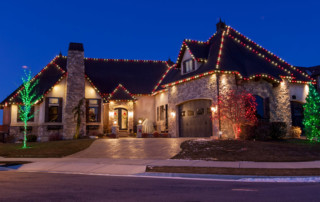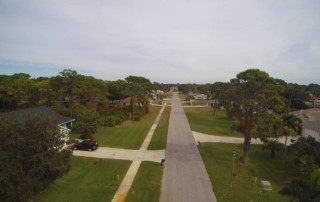Maintaining a home in Venice means being ready for hurricanes and the damage they can cause. This region has managed to escape widespread damage over the fifteen years, with the last major local storm damage being in 2004 and 2005. That being said, every year brings with it the chance for major storms to come through – and as residents of South Florida, we need to always be ready.
These weather events bring major economic stress when they occur. The Venice area does not represent a very large percentage of the total damage statistics, but we can’t get complacent. As we approach the onset of the 2020 hurricane season, we thought we would share some of the statistics you need to know.
Hurricane Facts to Know
- When exactly is hurricane season? Hurricane season begins on June 1 and runs all the way through November 30. Statistically speaking, the month of September is the most active for major hurricanes, but they can happen at any time.
- How do hurricanes form? There are several factors involved in the formation of a hurricane. A perfect storm situation happens when warm water and moist warm air are forced upward rapidly, colliding with cooler air. This is why these storms are so prolific in late summer and early fall in sub-tropical regions.
- What do the hurricanes ratings mean? The Saffir–Simpson hurricane wind scale (SSHWS) classifies hurricanes into five categories. Each category is characterized by the intensity of sustained winds. A category 1 hurricane exhibits windspeeds between 74 and 95 mph. The category number increases with the increase of wind intensity and sustained winds. The most catastrophic hurricane on the scale is a Category 5, defined as any storm with sustained winds topping 157 mph.
- How high do winds have to be to cause roof damage? Any wind storm can result in roof damage. Given the construction of modern roofs, especially those built after 1996, Categories 1 and 2 traditionally do not cause too much roof damage. A Category 3 hurricane, which exhibits winds of 111+ mph, is the level at which roofing damage really begins to occur.
- How many hurricanes have hit Florida directly over the years? In the last two decades, Florida has experienced 79 named hurricanes, with varying intensity and repercussions.
Roof and Property Damage
Hurricane insurance is a required policy for anyone who has a mortgage on their home. To better understand your coverage, be sure to call your insurance carrier prior to hurricane season to make sure you have the right protection.
In the last 20 years, the following hurricanes caused the most storm damage as it relates to personal property:
- Hurricane Charley – 2004
- Hurricane Ivan – 2004
- Hurricane Wilma – 2005
- Hurricane Michael – 2018
- Hurricane Katrina – 2005Although roof storm damage is not broken out in these statistics, many residents can well remember the miles of blue tarps covering homes after these major storms. Because so many people sustain roof damage after a major storm, there are long lines of people waiting for roofing contractors to come out to do the repairs. Understanding that, here are a few things you can do to best protect your roof.
We can’t guarantee your roof won’t sustain damage, being protective is always smart.
- Maintain Your Roof: Keep tree branches away from the roof, fix any broken or missing tiles, and have an inspection to identify and breach or weakness.
- Get Up to Code: The most far-reaching hurricane codes were implemented in 1996. Any homes with a roof built in 1997 or earlier should look into a new roof installation. .
- Set Aside Emergency Roof Funds: Insurance payouts after a major storm are known to be slow, and you want to fix your roof as soon as possible. Be sure to review and understand your policy and what insurance will cover, so as not to lose your benefits.
[company_name] is here to help you prepare in any way. Call us before the winds pick up!




